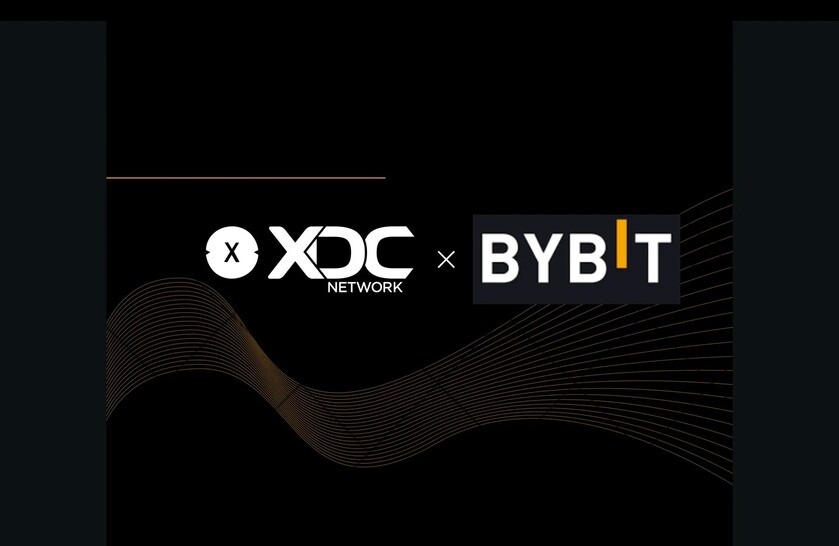Picture this: you're driving down the highway on a bright sunny day, enjoying the freedom of the open road. As you approach the toll booth, you glance at your dashboard, and your car handles the payment seamlessly. A few miles down the road, you notice the fuel gauge is getting low, but your automobile has already identified the nearest gas station and can pay for the fuel on your behalf. Sound like a scene from the future? Think again. The future of payments is already here, and in-vehicle payments are just one of the many innovations in payment technology.
Recently, Car IQ Inc., a payment solution for vehicles and fleets, raised an additional $15 million in its Series B funding round. Car IQ Pay, the company's proprietary product, is a vehicle wallet that enables machines to connect directly with banks and merchants to purchase fuel, tolls, parking, and more without a credit card - as the connected vehicle payment market is expected to reach $600 billion by 2030.
The Rise of Machine to Machine (M2M) Payments
Machine-to-Machine (M2M) payments are defined as the automation of payment decisions without explicit user input, made possible by the intersection of the Internet of Things (IoT) and invisible payments. IoT allows for connected devices with payment capabilities, while machine learning enables the conversion of IoT-generated data into payment decisions. However, for the machine economy to be successful, it must solve a real customer need by removing payment frictions and being highly reliable and trustworthy.
Meanwhile, the Digital Euro Association and Lipis Advisors have released a report on the potential of EUR-based stablecoins to boost the machine-to-machine (M2M) economy in Europe. The authors believe that M2M payments are a natural fit for the Internet of Things (IoT) and that Europe is well-positioned to become a leader in the sector. EUR-based stablecoins could help push Europe ahead of other markets.
M2M Payments and the Blockchain
Traditional payment systems face several challenges and limitations in IoT, such as security risks, slow transaction times, and the need for intermediaries. Blockchain technology offers a solution by providing a decentralized, transparent, and secure network for conducting transactions.
The distributed ledger system eliminates the need for intermediaries, reducing transaction costs and increasing efficiency. Additionally, its smart contract functionality allows for automated and secure transactions, ensuring that payments are executed only when specific conditions are met.
Real-life applications of blockchain-based M2M payments can be seen in various industries such as energy, healthcare, and logistics. For instance, the energy sector is using blockchain to enable P2P energy trading, while healthcare providers are leveraging blockchain to securely share patient data and facilitate payments among different stakeholders.
Blockchain technology and Finance
Blockchain technology is widely used in finance for its ability to save time and money, especially in money transfers. For example, Chainalysis Inc. helps institutions monitor cryptocurrency exchanges, while Circle's platform allows for traditional and crypto payments. Algorand aims to reduce gaps between traditional and decentralized finance.
In IoT, blockchain is being used to enhance security and prevent data breaches, with companies like HYPR and Xage Security providing decentralized credential solutions and Helium using blockchain for its People's Network, the world's largest LoRaWAN network for IoT devices.
In-Vehicle Payments and M2M Payments in IoT
The rise of in-vehicle payments has the potential to transform the automotive industry. With the integration of payment systems into vehicles, drivers can purchase fuel, food, parking and more without leaving their cars. Nevertheless, integrating payment systems into vehicles also poses challenges around safety and a seamless user experience.
Meanwhile, M2M payments in IoT offer new opportunities for businesses to generate revenue streams through connected devices. However, challenges such as interoperability and standardization need to be addressed for the widespread adoption of M2M payments in IoT.
Small businesses are just one example of how the Internet of Things (IoT) can optimize operations. SMEs often face challenges in managing inventory payments. With the help of the Internet of Things (IoT), companies can optimize inventory management, minimize overstock, and reduce the potential for inventory losses. By utilizing sensors in warehouses, real-time information can be provided on inventory volume and condition while scanning devices track the journey of items across the premises.
IoT can also aid in automation, enabling software to track incoming and outgoing items, adjust spreadsheets, update bookkeeping, and even reorder items. While this may require an initial investment, IoT tools can improve efficiency and profitability and help small businesses obtain funding and expand lines of credit for growth.
The future of M2M Payments
The future of M2M payments looks promising, as it has the potential to enable a more connected and efficient world. As more devices become internet-connected, the need for seamless and secure transactions between them increases. Emerging technologies like 5G and edge computing will significantly impact the M2M payments ecosystem, making transactions faster and more reliable. 5G's low latency and high bandwidth capabilities will allow for real-time transactions, while edge computing will enable devices to process payments locally, reducing the need for centralized servers. (THETA)
Additionally, the rise of blockchain technology will provide added security and transparency to M2M payments. Overall, M2M payments have the potential to revolutionize the way we do business and interact with technology, making our lives more convenient and interconnected.



























